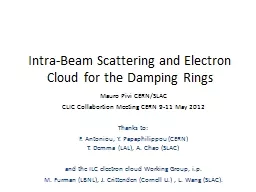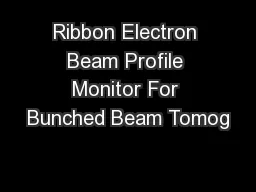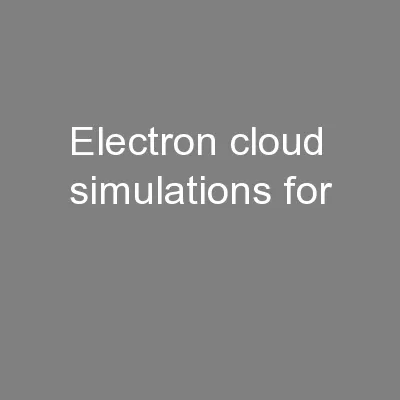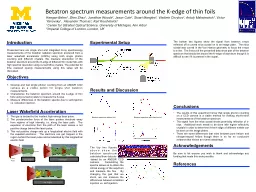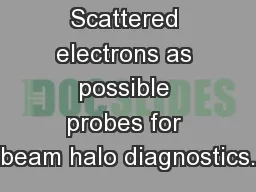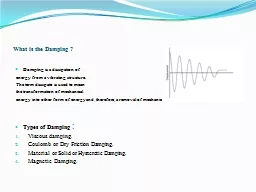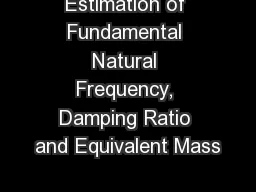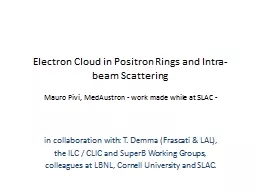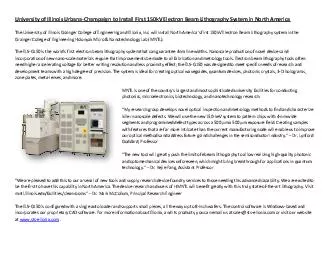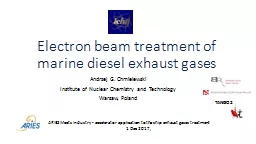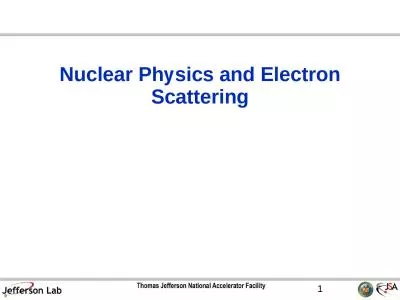PPT-Intra-Beam Scattering and Electron Cloud for the Damping Rings
Author : experimentgoogle | Published Date : 2020-08-05
Mauro Pivi CERNSLAC CLIC Collabortion Meeting CERN 911 May 2012 Thanks to F Antoniou Y Papaphilippou CERN T Demma LAL A Chao SLAC
Presentation Embed Code
Download Presentation
Download Presentation The PPT/PDF document "Intra-Beam Scattering and Electron Cloud..." is the property of its rightful owner. Permission is granted to download and print the materials on this website for personal, non-commercial use only, and to display it on your personal computer provided you do not modify the materials and that you retain all copyright notices contained in the materials. By downloading content from our website, you accept the terms of this agreement.
Intra-Beam Scattering and Electron Cloud for the Damping Rings: Transcript
Download Rules Of Document
"Intra-Beam Scattering and Electron Cloud for the Damping Rings"The content belongs to its owner. You may download and print it for personal use, without modification, and keep all copyright notices. By downloading, you agree to these terms.
Related Documents

